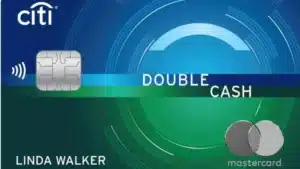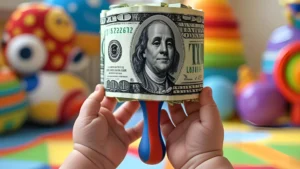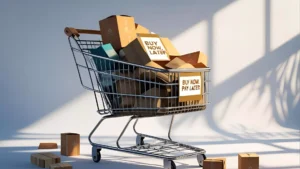Paying only the minimum on a credit card bill used to be a sign of temporary financial strain. Today, for millions of Americans, this behavior has become routine. According to reports from banks like JPMorgan Chase and Capital One, revolving balances — the unpaid monthly amounts that accrue interest — are on the rise.
And it’s not just among high-risk consumers. The trend, as noted by Richard Fairbank, CEO of Capital One, is spread across the entire credit spectrum.
This behavioral shift, although subtle at first glance, reveals a more troubling scenario: household budgets are stretched to the limit. Even families with stable incomes are struggling to maintain their standard of living in the face of persistent inflation and historically high interest rates.
The Cost of Living on Credit
For a long time, credit cards were seen as a convenience. Today, they have become a silent trap. With average interest rates hovering around 21% — among the highest ever recorded — carrying a revolving balance means seeing debt grow quickly, even if spending itself doesn’t increase.

These debts are becoming a major source of revenue for large financial institutions. JPMorgan Chase, American Express, Capital One, and Discover Financial Services have all seen their profits from interest and fees rise considerably — often without consumers being fully aware of it.
The Pandemic, Stimulus, and the Trap of Easy Credit
During the pandemic, emergency measures like stimulus checks helped boost the economy and temporarily reduce default rates. At that time, credit card companies loosened their standards and expanded credit offerings. Many consumers — especially those who had never had easy access before — received their first credit cards.
With the end of emergency aid, these same consumers are now facing a much harsher environment: accumulated inflation, skyrocketing housing costs, more expensive childcare, and, of course, rising prices for food and gas. As Charlie Wise from TransUnion pointed out, many of these Americans aren’t even homeowners and have been hit with aggressive rent increases, making revolving credit a survival tool — albeit an expensive one.
The Impact on Families and the Financial Health of the U.S.
The growing reliance on credit cards isn’t just about numbers in banking reports. It affects everyday decisions: from choosing between a full meal or financing groceries, to postponing a doctor’s visit due to insufficient funds.

Reports from the Federal Reserve Bank of Philadelphia show that revolving credit balances have reached their highest levels since 2012. At the same time, default rates continue to rise. At the end of the last quarter, 2.17% of JPMorgan’s credit card accounts were more than 30 days past due — a number that keeps increasing.
This movement, although it may seem quiet, has deep implications: not only for individual financial well-being but also for the economy as a whole. When a growing portion of the population spends much of their income just to keep debt under control, consumption weakens, growth slows, and inequality deepens.
And What About the Future?
During his campaign, President Donald Trump mentioned the idea of temporarily capping credit card interest rates at 10%. But since then, little has been said — and even less has been done. Meanwhile, banks continue to profit, and consumers continue to pay.
The credit card debt crisis isn’t just a matter of poor individual financial choices. It’s a reflection of a system that fails to offer stability in uncertain times, pushing the most vulnerable toward short-term solutions with long-term consequences.
Conclusion
The image of the indebted American is far from a caricature. More and more, it resembles the average worker, the middle-class family trying to juggle bills and dreams. The credit card — a tool created to offer breathing room — now charges dearly for the oxygen.
And each month, more people are discovering that breathing comes at a high price — one that includes interest, fees, and a bill that never seems to stop growing.







